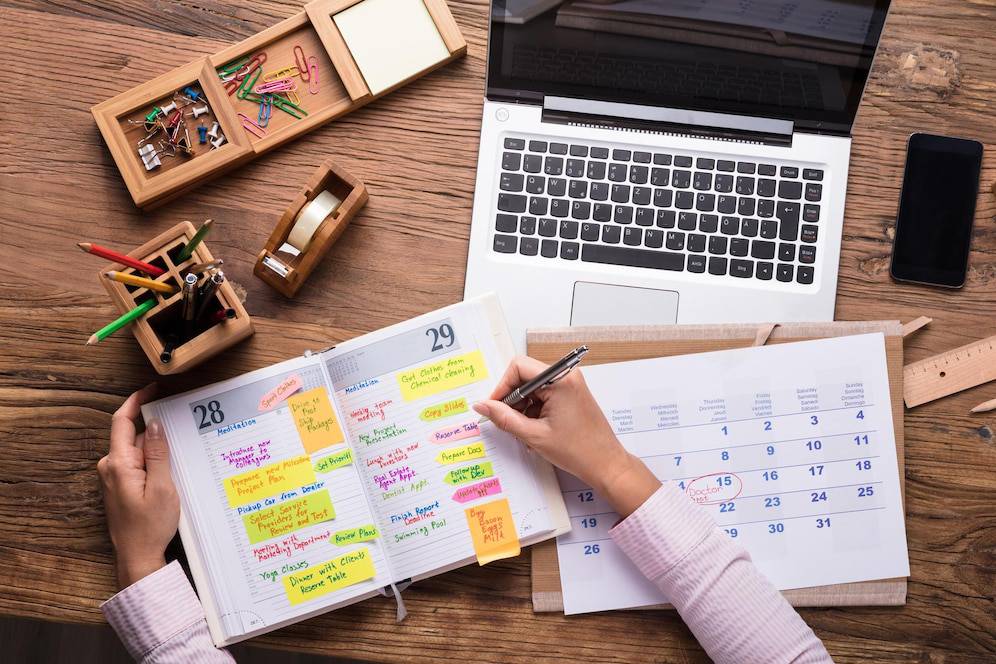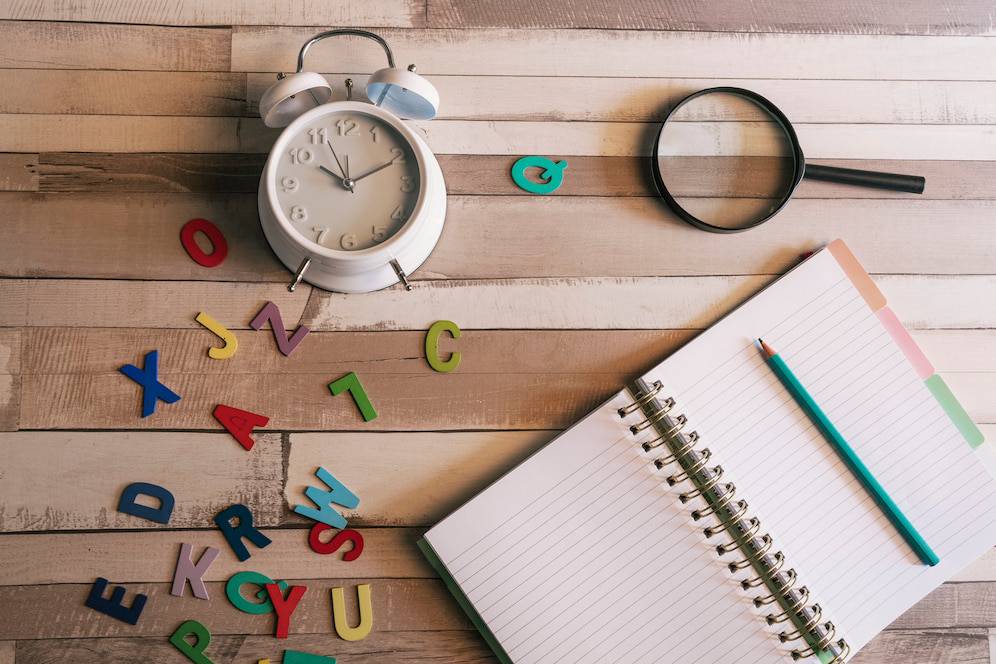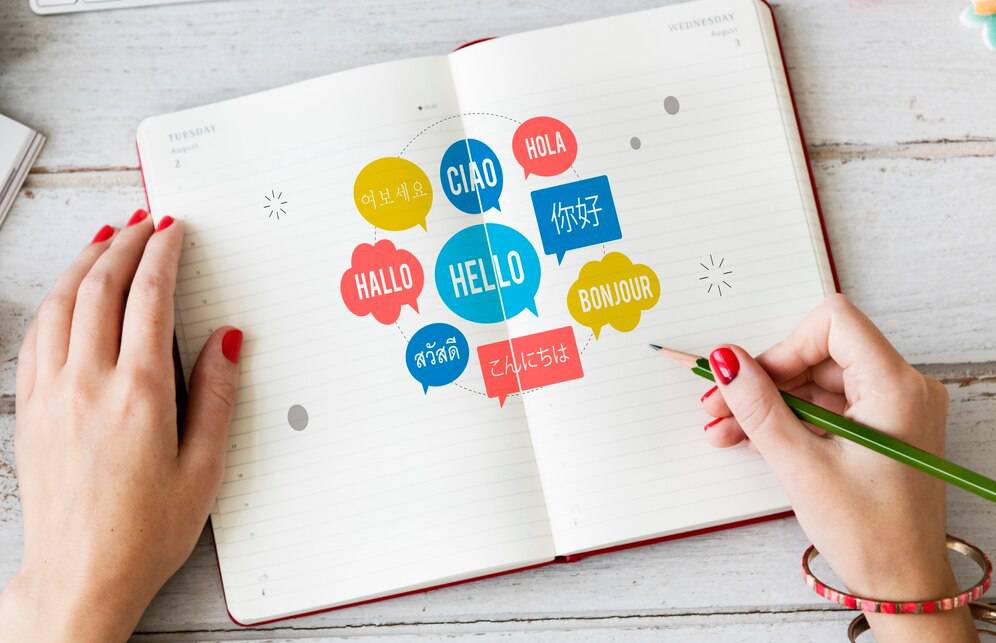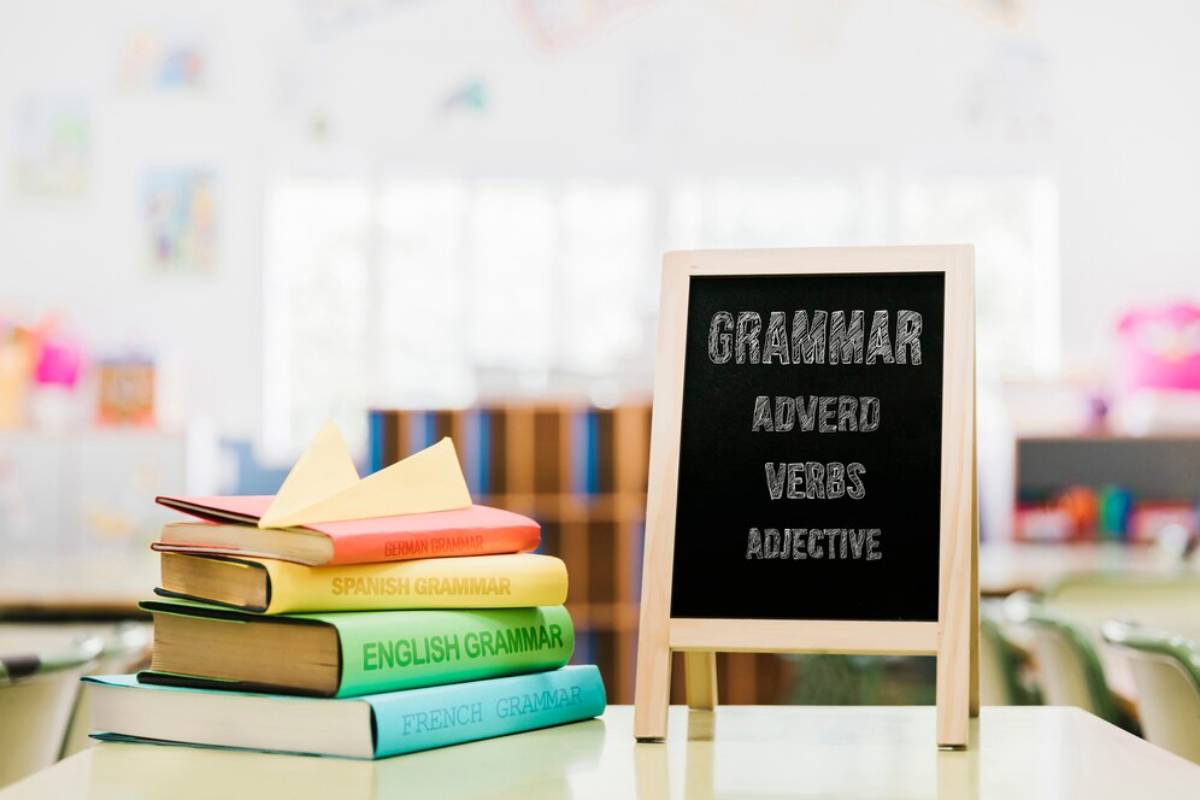
How to Create a 90-Day Language Learning Plan
You want to learn a language—and fast. But where should you begin? What should you study first? How do you know if you’re making progress?
That’s where a 90-day language plan comes in. Instead of learning “someday,” you’ll follow a structured path that makes each day count.
In this guide, you’ll learn how to build a personalised 3-month schedule that helps you move from zero to confident basics. Whether you’re preparing for travel, a job, or just want to challenge yourself, this guide offers simple strategies for rapid fluency planning.
Why a 90-Day Plan Speeds Up Language Learning
Most people say they want to “get fluent someday.” But vague goals lead to slow progress—or no progress at all. A 90-day learning plan adds structure and momentum.
You’ll:
- Focus on what matters most early on
- Track wins that build motivation
- Avoid wasting time on content you don’t need yet
- Create a rhythm that fits your life
Three months is enough to build basic fluency—enough to introduce yourself, ask questions, and hold everyday conversations.
Pro tip: Progress fuels confidence. The faster you see results, the more likely you are to keep going.
Quick Guide: Your 90-Day Language Plan in a Nutshell
Before diving into the full breakdown, here’s a quick summary of what to include in your 3-month roadmap:
- Define your “why” — your purpose for learning
- Choose your core materials (apps, books, tutors, videos)
- Set weekly time goals (total hours and days)
- Break learning into 3 phases:
- Phase 1 (Days 1–30): Build the basics
- Phase 2 (Days 31–60): Start speaking and listening daily
- Phase 3 (Days 61–90): Real conversations and review
- Track progress weekly using a checklist or journal
- Review and adjust goals every 2 weeks
- Celebrate milestones (first sentence, first full conversation)
Step-by-Step Guide: Building Your 90-Day Language Learning Plan

1. Define Your Motivation and End Goal
Start with one clear question: What do I want to do with this language in 90 days?
Examples:
- “Order food and ask for directions while travelling in Spain.”
- “Have a 5-minute conversation with my French-speaking friend.”
- “Understand beginner-level podcasts in Japanese.”
Write it down. This is your mission statement—it shapes your daily focus.
2. Pick the Right Language Tools
Don’t overload yourself with too many apps or books. Choose 2–3 core tools for:
- Vocabulary and grammar practice: Duolingo, Babbel, Anki
- Listening: Podcasts, YouTube channels, LingQ
- Speaking: Language exchanges (HelloTalk, Tandem), shadowing
- Writing: Daily journaling, short translations
Choose tools that suit your time, energy, and tech preferences.
Want to go deeper on tools? Check out Flashcards vs Apps: Best Tools for Vocabulary Retention to see which fits your learning style best.
3. Break the 90 Days into 3 Phases
Each phase should build on the last.
Phase 1 (Days 1–30): Build Your Foundation
Focus on:
- Learning 300–500 core words (high-frequency vocabulary)
- Understanding basic grammar structures (present tense, questions)
- Listening to slow, clear speech
- Reading short texts and dialogues
- Practising pronunciation early
Sample daily plan:
- 10 minutes vocabulary flashcards
- 10-minute grammar lesson
- 10 minutes of listening practice
- 5 minutes of speaking aloud or shadowing
Phase 2 (Days 31–60): Build Active Skills
Now it’s time to start producing the language.
Focus on:
- Speaking aloud every day
- Writing basic sentences or short paragraphs
- Increasing listening difficulty
- Expanding to 800–1,000 words
Try:
- Joining a conversation group
- Recording yourself speaking
- Journaling each evening
You might enjoy pairing this with Daily Language Immersion Techniques for Beginners to maximise exposure.
Phase 3 (Days 61–90): Use It for Real
Now you’re applying what you’ve learned.
Focus on:
- Real conversations (language exchanges or tutors)
- Watching shows or listening to podcasts without subtitles
- Reviewing and reinforcing old material
- Fixing common mistakes
- Creating a long-term routine
If you can, schedule a test or challenge at the end of 90 days to show off your progress.
4. Set Weekly Learning Goals
Rather than focusing on “how many hours total,” break it down by week.
Example:
- Goal: 5 hours per week
- Spread over 5 days: 1 hour/day or two 30-minute sessions
Track it with:
- A printable study tracker
- A simple notebook
- Habit apps like Streaks, Notion, or Habitica
You don’t need to be perfect. But you do need to be consistent.
5. Schedule Review Days and Adjustments
Every 2 weeks, check:
- What’s working well?
- What’s not sticking?
- What’s boring or repetitive?
- What needs more review?
Be flexible. You might realise one method isn’t working—and that’s okay.
Adjust your plan to fit your real progress.
6. Keep a Learning Journal
Journals are not just for grammar drills. They help with:
- Emotional tracking (“Today I felt stuck…”)
- Highlighting key wins (“I said my first full sentence today!”)
- Noting what methods help or hurt your progress
Even 3 lines a day will keep you connected to your “why.”
Best Practices for Faster Progress

- Learn phrases, not just words. Helps with context and fluency.
- Connect new info to what you know. Use analogies or associations.
- Immerse whenever possible. Podcasts, background music, TV shows.
- Set micro-goals. “Introduce myself by Day 10,” “Order food by Day 20.”
- Celebrate milestones. Reward yourself after each phase.
FAQs
1. Can I become fluent in 90 days?
You can reach beginner or intermediate fluency. With 5–10 hours a week, you’ll be able to hold basic conversations and understand everyday content.
2. How many words should I know in 90 days?
Aim for 1,000 high-frequency words. These cover most everyday conversations.
3. Do I need to use a tutor?
Not required—but speaking with a tutor or language partner accelerates your confidence and fluency.
4. What if I fall behind?
Pause, reassess, and restart where you left off. The goal is progress, not perfection.
Your Language Journey Starts With a Plan

Learning a language is exciting—but without a clear path, it’s easy to get lost. A well-designed 90-day language plan gives you direction, momentum, and results.
You don’t need to study all day. You just need a smart, learn fast schedule, and the will to stick with it.
Ready to get started? Download our free 90-Day Language Planner and begin your journey to fluency today.


